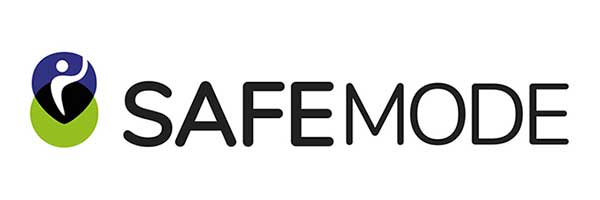The SAFEMODE methodological approach follows three steps. Their end outcome is the definition and test of the HURID framework, for risk-informed design and operations.
Step 1 - collection & analysis of safety data
Development of the SHIELD Open Data Repository which will gather data on human performance in safety-relevant situations:
- safety occurrence reports
- data from (marine and air transport) normal operations and training sessions
- contextual data of operations
To structure and analyse the data, SAFEMODE will use a human factors taxonomy, advanced data analytics and text mining processes. In addition, we will validate the data quality and quantity across the whole process.
Step 2 - development of the Human Assurance Toolkit
Development of a toolkit for human assurance, by exploiting the large body of knowledge that has been produced by the human factors community in recent years.
First, we will review existing human factors methods and tools, to identify the best and the most commonly adopted by industry and operations. Then, we will map methods onto the HURID use cases, assessing their suitability for SAFEMODE. Finally, we will be sure to customise all methods with the help of end-users, to be adopted by SAFEMODE and integrated into the toolkit.
Step 3 - domain case studies & forward-looking scenarios
Domain case studies will complement the data-driven approach, in order to address three distinctive challenges of incident data. Firstly, incident reports may present a different level of detail on human factors aspects. SAFEMODE will gather additional data to make reports comparable.
Secondly, there will not be enough data on extreme cases, which happen very rarely. Therefore, we will reproduce these cases in the simulator.
Thirdly, data will not be available for future unknown risks, so SAFEMODE will develop a set of dedicated forward-looking scenarios.
The domain case studies will help assess how HURID can support risk-based design and operations, and validate HURID against emerging risks in future scenarios.
